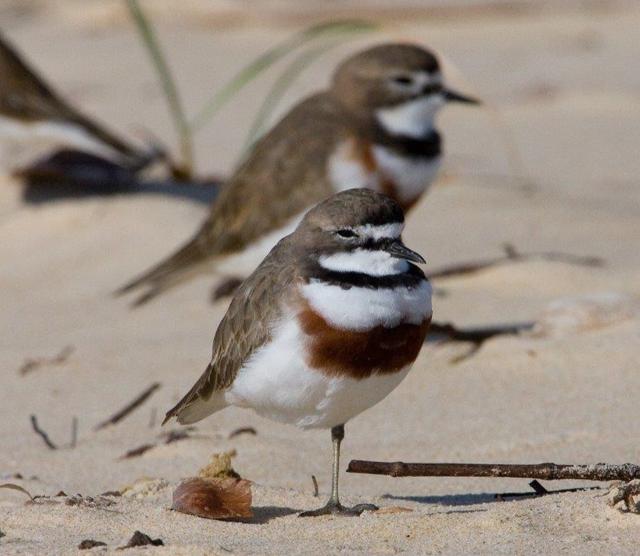
The Noosa Integrated Catchment Association (NICA), in partnership with Noosa Council, last week announced the launch of the Enter the Flyosphere initiative to raise awareness of Noosa’s iconic but threatened shorebirds.
The initiative, centred around a new interpretive exhibit at the Noosa River mouth (Claude Batten Drive), highlights key species observed in the estuary and the epic migration of many to our shores.
A short film, accessible via QR code at the exhibit, provides an engaging overview of Noosa’s shorebirds, key habitat within the estuary and tips on how to observe them.
Despite its modest size, the Noosa River represents a genuine hotspot of shorebird biodiversity with 27 species observed, including almost half of the 37 species known to migrate to Australia – eight of those threatened, NICA volunteer Richard Howard told Noosa Parks Association Friday forum guests last week.
“Noosa estuary punches above its weight in terms of biodiversity, but that is threatened,“ he said.
The abundance of these species, as detailed in NICA’s 2020 shorebird report, was declining rapidly, he said.
A 34 per cent decrease in overall shorebird numbers observed in the Noosa River was noted between 2005 and 2019.
While continued destruction of key wetland habitat is considered the primary threat to migrating shorebirds along international flyways, NICA’s research also found that disturbance to shorebirds while in the Noosa River estuary was having a detrimental impact.
Any disturbance causing the shorebirds alarm or flight, expended valuable energy needed for the migration or could lead to breeding species abandoning nests and young.
NICA identified people approaching too closely, unrestrained dogs and vehicles as the major causes of disturbance within the estuary and along the Noosa North Shore.
Mr Howard noted it was wonderful to be involved in this key initiative once again.
“NICA has been monitoring Noosa’s shorebirds since 2005 and led the installation of the original shorebird exhibit in 2007.
“This new installation provides a fresh and engaging perspective on Noosa’s threatened shorebirds and highlights just how important the Noosa estuary is to many of these species.
“Given the intensity of recreational activity in the estuary, and particularly around the Frying Pan – critical habitat for the shorebirds – it is important to highlight the presence of these species and how best to interact with them to ensure they keep returning.
“The opportunity to observe such unique species just steps from the hustle and bustle of Hastings Street is not to be missed”.
NICA appreciates the ongoing support and technical assistance provided by the Noosa Council. Funding for this initiative was provided by Noosa Council under the Environment Grants program.
Further updates regarding the project, including opportunities for the community to participate, will be posted on NICA’s social media and website at noosariver.com.au





